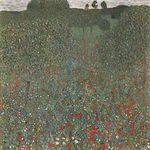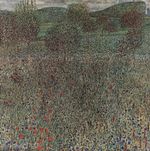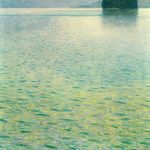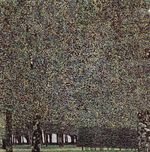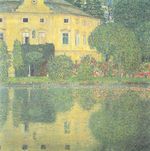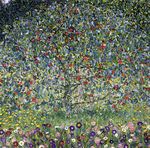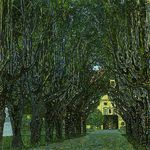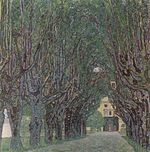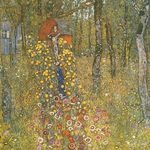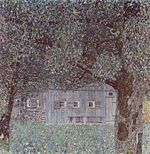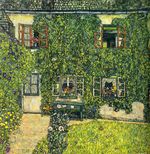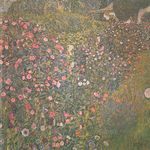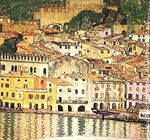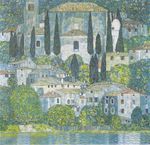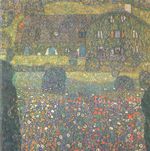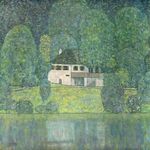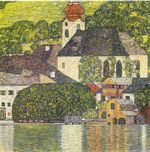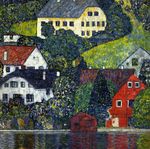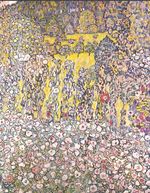art-Klimt.com
Gustav Klimt 1862-1918
Gustav Klimt Landscape
From Tate Liverpool:
Klimt’s allegorical works contain virtually no landscapes. Conversely, his landscapes are free from narrative elements and feature few people. Often painted outdoors and finished in his studio, these paintings are usually square. The scenes are tranquil, motionless and undisturbed by any form of activity.
In a work such as The Park, 1910, almost every inch of the canvas surface is covered with a dense layer of leaves, executed in impressionistic strokes that emphasise the picture plane. Similarly, in Apple Tree 1, c1912, spatial zones are merged into a floral curtain. A mere suggestion of branches helps the viewer to separate the blossoms on the tree from the flowers in the foreground and intermediate grassy meadow. Even where perspective is suggested, any sense of recession is counteracted by vast webs of brushstrokes that bring the eye immediately back to the painting’s flat, decorative surface.
Klimt used a square template to help him locate suitable subjects for his landscapes. This often resulted in fragmented views and unusual compositions. He also used optical devices such as binoculars which helps to explain the “close perspective” of these works where everything appears to be brought forward into the same plane as the viewer.
Another effect of the surface density of these paintings combined with high (or no) horizons is that the viewer can, as when contemplating nature, become “lost” in them.
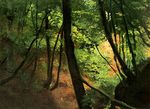
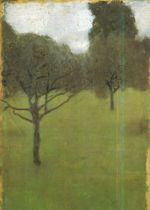
 1899.jpg)

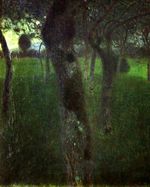
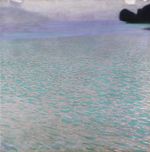
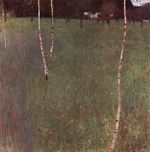

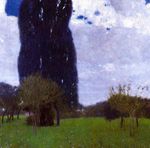
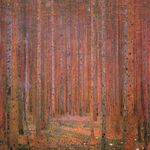
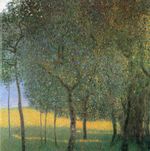

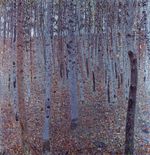
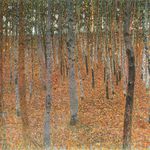




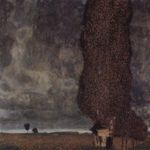
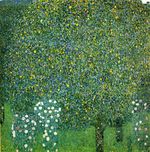
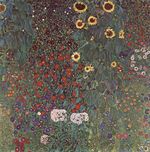
 1906.jpg)

